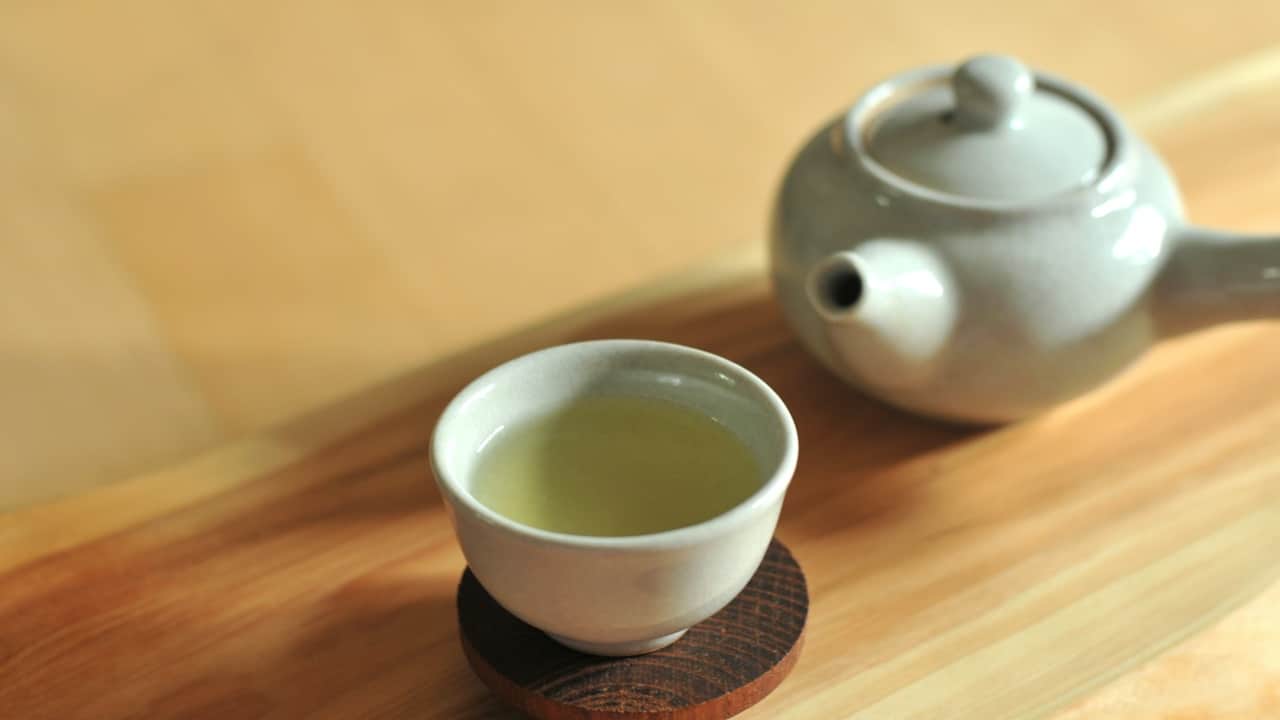Tea is a timeless beverage enjoyed by people around the world for its rich flavors and soothing qualities. From delicate floral brews to robust earthy notes, tea offers a diverse range of tastes and aromas. As a tea lover and connoisseur, it’s essential to familiarize yourself with the nuanced language used in the world of tea. One such term that often appears in tea discussions is “even.” In this article, we will delve into what exactly “even” means in tea terms and how it affects your tea-drinking experience.
Evenness in Tea Leaves
When we talk about “even” in tea terms, we refer to the consistency and uniformity of the tea leaves. It indicates that the leaves used to produce the tea have a similar size, shape, and appearance. Achieving evenness is a desirable trait in tea manufacturing as it contributes to a well-balanced and harmonious flavor profile in the final cup of tea.
Importance of Evenness
Evenness plays a crucial role in the overall quality of tea. When tea leaves are uniform in size, shape, and color, they infuse more evenly, allowing for consistent flavor and aroma development. Here are a few reasons why evenness is significant:
- Enhanced Appearance: Tea leaves with uniformity look visually pleasing, indicating a well-crafted tea.
- Better Infusion: Even leaves infuse more evenly, resulting in a balanced taste and aroma.
- Consistency: Achieving evenness across a batch of tea ensures a consistent drinking experience.
Factors Affecting Evenness
Several factors impact the evenness of tea leaves during production. These factors include:
- Plucking Standards: Selecting young, tender leaves during harvesting helps maintain evenness.
- Processing Technique: The way leaves are processed after plucking affects their final appearance.
- Leaf Type: Different tea types have distinct leaf characteristics that influence evenness.
- Sorting and Grading: Proper sorting and grading of tea leaves ensure uniformity in the final product.
Assessing Evenness
Tea experts use various methods to assess the evenness of tea leaves, including:
| Method | Description |
|---|---|
| Visual Inspection | Examining the appearance of dried leaves and assessing their uniformity. |
| Infusion Test | Brewing the leaves and observing how they expand and infuse during steeping. |
| Professional Grading | Tea tasters use grading systems to evaluate evenness during their sensory analysis. |
Unevenness and its Impact
While evenness is desired, the presence of uneven leaves can influence the final tea result:
- Bitterness or Astringency: Uneven leaves may release more tannins, leading to a bitter or astringent flavor.
- Potential Brewing Issues: Inconsistent leaf sizes can cause difficulties in brewing, leading to unequal extraction.
- Lower Quality Perception: Tea with uneven leaves may be viewed as lower in quality and poorly processed.
Achieving Evenness
Tea producers employ various techniques to ensure evenness in their teas:
- Hand Sorting: Skilled workers manually remove uneven or damaged leaves from the batch.
- Machine Sorting: Advanced machinery is used to sort leaves based on size and appearance.
- Plucking Standards: Adhering to strict plucking standards helps minimize variations in leaves.
- Quality Control: Regular quality checks throughout the production process help maintain evenness.
Understanding the significance of evenness in tea leaves and how it affects the final cup of tea allows you to appreciate the effort and precision that goes into crafting a high-quality brew. The next time you savor your favorite tea, take a moment to observe the evenness of the leaves and how it contributes to your overall tea-drinking experience.

